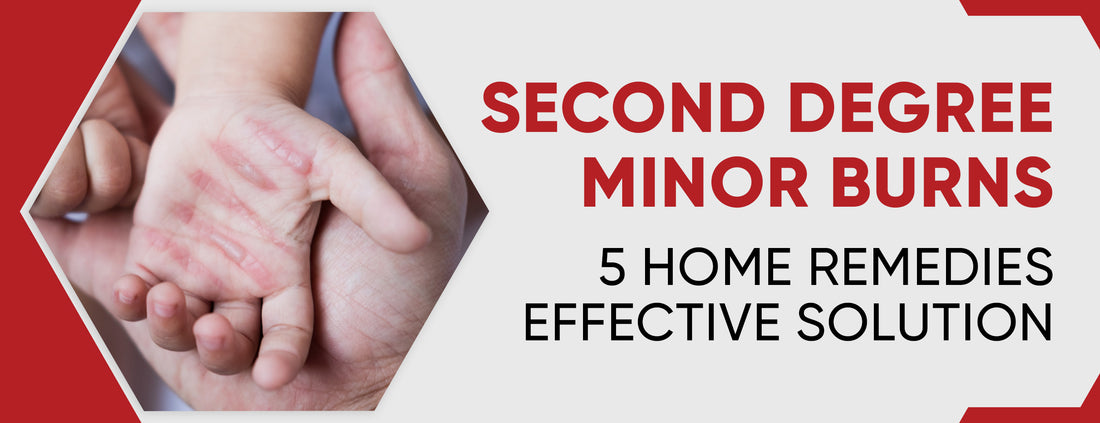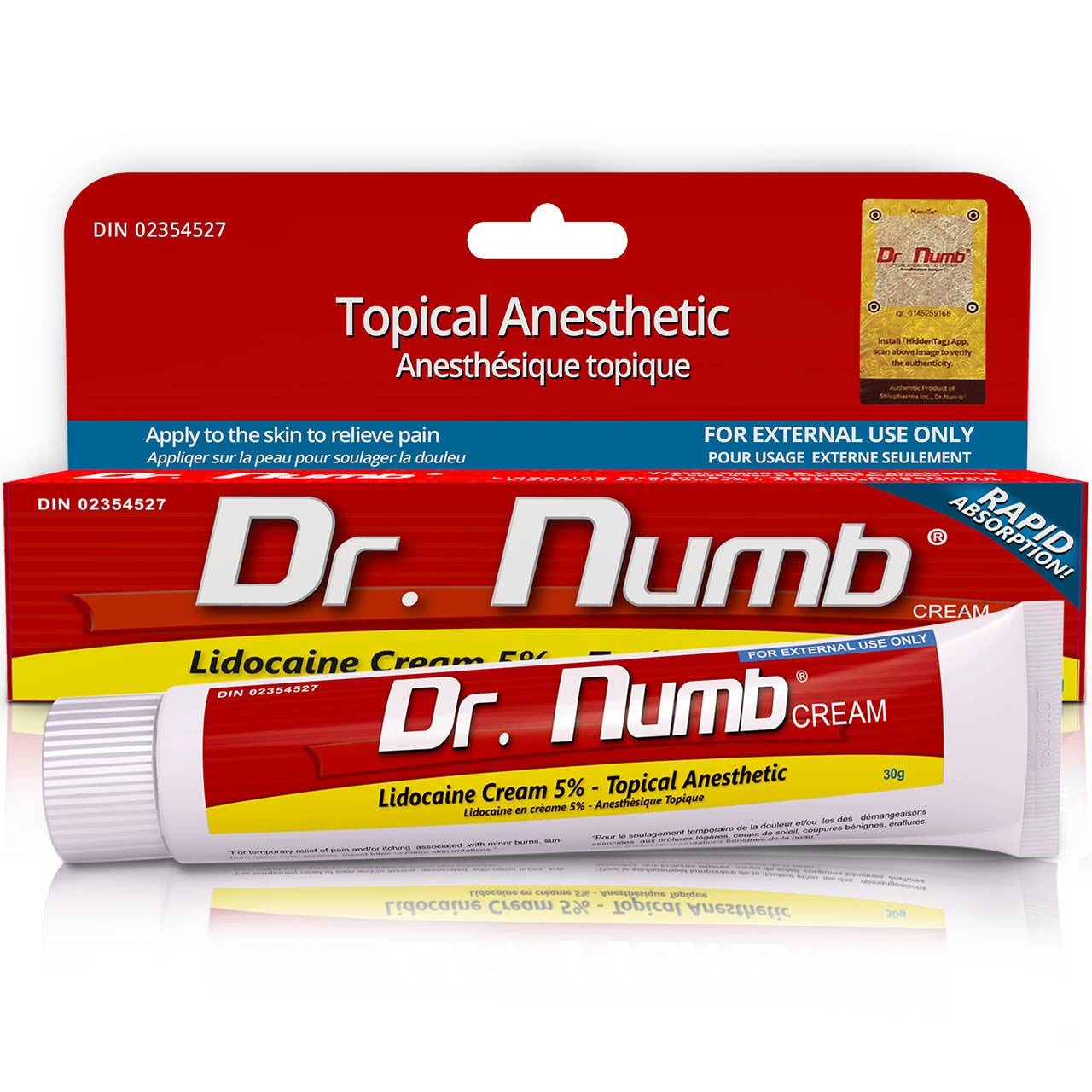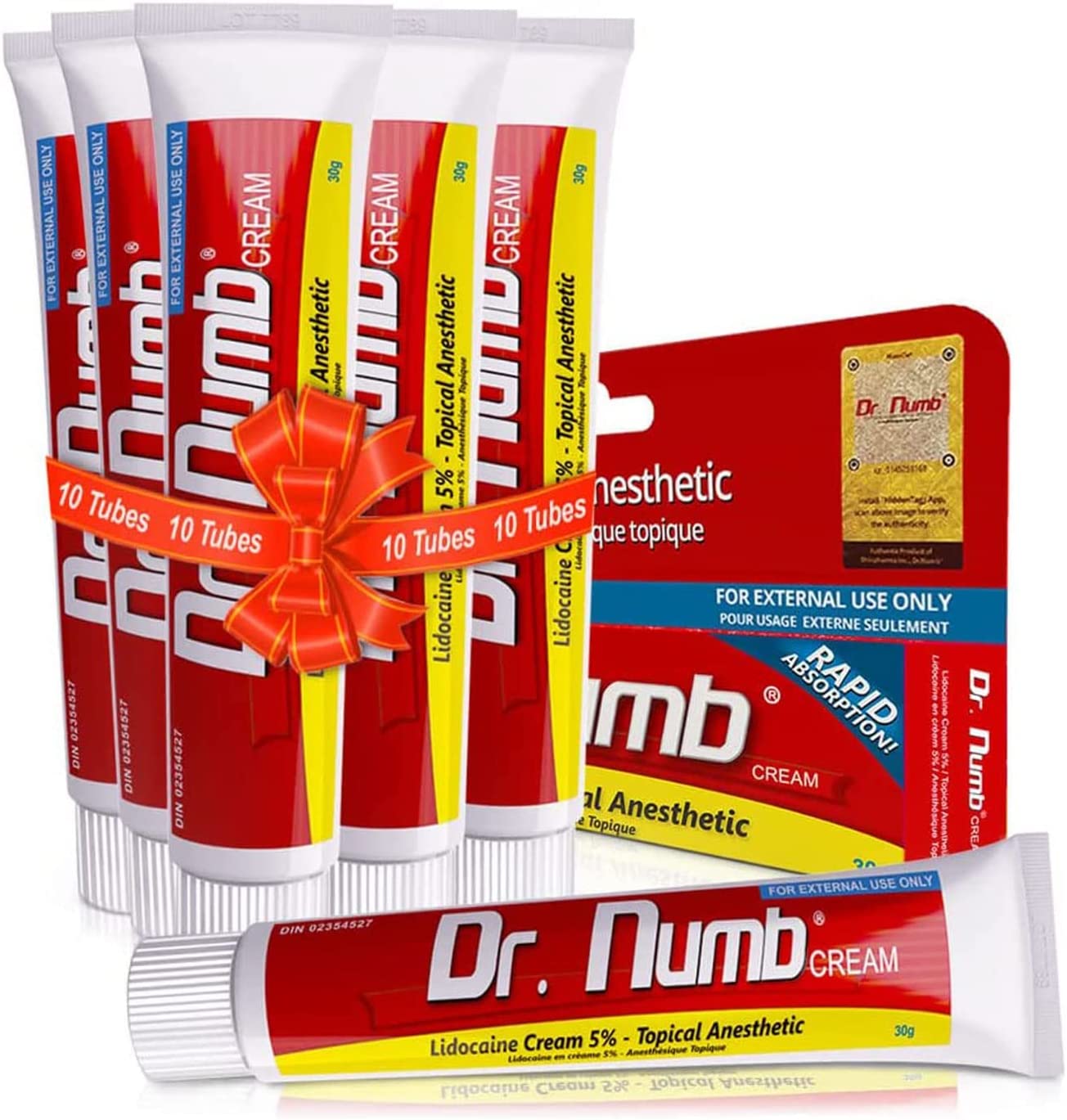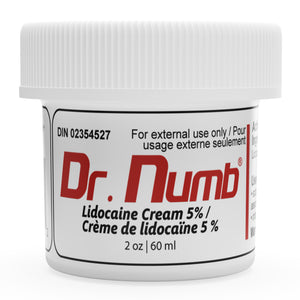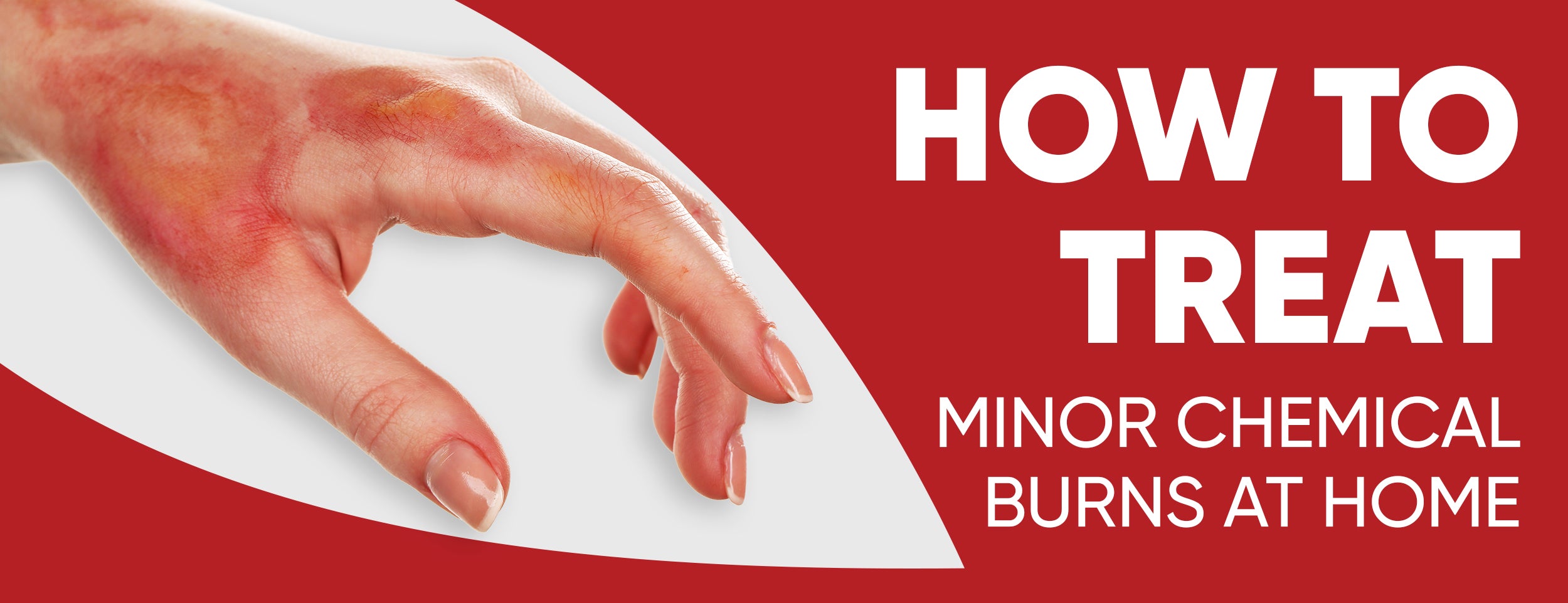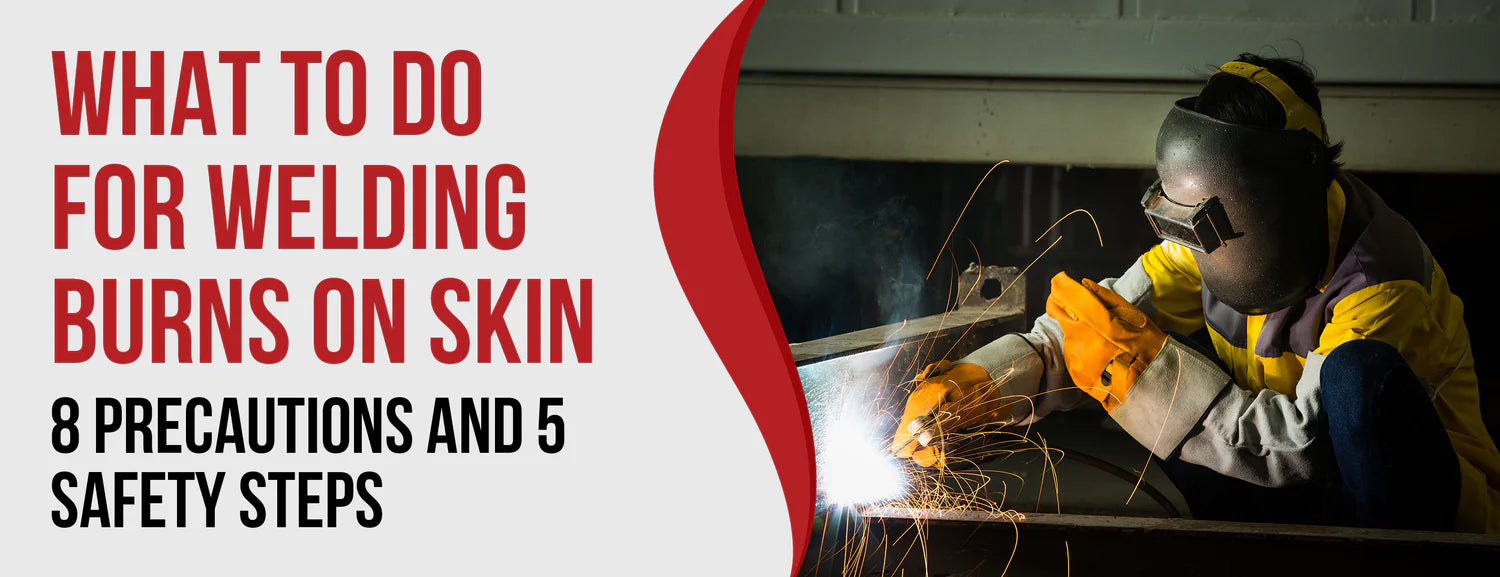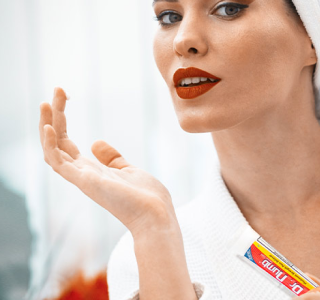Have you ever experienced a minor, second-degree burn? Whether from accidentally touching a hot pan or getting too much sun exposure, these types of burns are common and can happen to anyone. While not as severe as third-degree burns, they require proper care and attention to ensure a quick recovery.
Home treatment is usually sufficient for most second-degree burns to promote healing and prevent further complications. Start by gently rinsing the burn, followed by careful cleansing. Applying a soothing ointment will help keep the burn adequately moisturized.
In this blog post, we will delve into everything you need to know about minor, second-degree burns, including their causes, symptoms, treatment options, healing time, potential complications, and some prevention tips to keep in mind.
Second Degree Minor Burns: Causes & Treatment

Burns are common injuries that can happen anywhere to anyone. They can vary in severity, depending on the damage to the skin and tissues. Here we focus on second-degree minor burns, which affect the skin's outer and second layers. We will discuss causes, recognition, treatment, healing time, and preventing complications and associated scarring with these burns.
Second Degree Minor Burns: Understanding
Second-degree minor burns refer to burns that affect both the epidermis (the outer layer of the skin) and the dermis (the second layer of skin that contains blood vessels, nerves, hair follicles, and sweat glands). They are also known as partial-thickness burns since they do not affect skin thickness. Second-degree minor burns are typically smaller than 3 inches in diameter and do not involve sensitive areas such as the face, hands, feet, genitals, or joints.
Causes of Second-Degree Minor Burns
Second-degree minor burns can be caused by various sources of heat, including:
- Fire flames.
- Hot objects like stoves, irons, curling irons, or candles.
- Sunburn (due to ultraviolet radiation).
- Scalding from steam or boiling water.
- Certain chemicals, such as acids or alkalis.
- Electric shock.
When the skin is exposed to these heat sources, it can lead to overheating and cell damage in the epidermis and dermis. This triggers an inflammatory response from the immune system to prevent further damage and promote healing.

Differentiating Second-Degree Minor Burns From Other Burn Degrees
Burns are generally classified into three degrees based on their depth and impact on the skin layers:
- First-degree burns: First-degree minor burns are the mildest burns that only affect the epidermis. They may cause redness, pain, and swelling but do not result in blisters or scarring. Usually, they heal within a week without the need for medical attention.
- Second-degree burns: The category is divided into minor and major burns. Minor second-degree burns affect a small skin area, while major second-degree burns affect a larger area or sensitive region. Both types result in blistering, pain, swelling, and skin discoloration. Minor burns heal in 2-3 weeks with proper care, while major burns may need medical attention and take longer to heal.
- Third-degree burns: Third-degree burns damage all layers of skin, extending to deeper tissues like muscles, bones, or nerves. They cause blackened, charred, or white, dry, leathery skin and numbness or loss of sensation due to nerve damage. Immediate medical attention is necessary, and healing can take months with the possibility of permanent scarring or disfigurement.
Minor Burns of Second Degree: Recognizing and Assessing

The main symptoms and signs of second-degree minor burns include:
- Skin discoloration: The burned area may appear red, white, or splotchy.
- Blisters: Fluid-filled bumps may develop on the burned area, which can burst or peel away.
- Shiny, moist skin: The burned area may be wet due to fluid leakage from damaged blood vessels.
- Pain or discomfort: The burned area may be sensitive to touch, or temperature changes as the nerve endings are exposed.
- Swelling: Inflammation can occur in the burned area due to increased blood flow and fluid accumulation.
Determining The Severity of The Burn
The severity of a burn depends on several factors, including:
- Size: A larger burn area indicates a more severe burn. A burn covering more than 10% of the body surface area is considered major.
- Depth: The deeper the burn affects the skin layers, the more serious it is. A burn that reaches the subcutaneous fat or deeper tissues is considered third-degree.
- Location: Burns involving sensitive or functional areas like genitals, joints, hands, or feet can affect breathing, vision, movement, sensation, or reproduction.
- Age and health: Younger or older individuals, as well as those with underlying health conditions like diabetes or heart disease, may experience more serious burns due to the impact on the immune system's ability to fight infection and promote healing.
Effective Treatment For Second-Degree Minor Burns: Quick and Easy Steps
When treating second-degree minor burns, time is of the essence. Follow these simple steps to stop the burning process and ensure a speedy recovery:
- Remove the person from the heat source and any clothing or jewelry stuck to the burn area.
- Cool the burn with cool or lukewarm running water for 20 to 30 minutes to reduce pain and prevent further damage.
- Cover the burn with a sterile gauze bandage or clean cloth, avoiding cotton wool or fluffy materials to prevent irritation and infection.
- Elevate the burned area if possible to reduce swelling and pain.
- Take over-the-counter pain relievers like ibuprofen or acetaminophen for added comfort as directed.
Protecting and Cleaning The Burned Area

The key to preventing infection and promoting healing is proper burn care. Follow these steps to ensure a clean and protected wound:
- Change the bandage daily or if it gets wet or dirty. Remember to wash your hands before and after handling the wound.
- Wash the burned area with mild soap and water, patting it dry with a clean towel. Avoid scrubbing or rubbing the wound.
- Apply an antibiotic ointment like bacitracin or polymyxin B to prevent infection. Do not use alcohol, hydrogen peroxide, or other antiseptics that can delay healing.
- If the burn is on your hand or foot, wear loose-fitting gloves or socks to protect it from dirt and friction.
- When outdoors, shield the burned area from direct sunlight using SPF 30 or higher sunscreen, clothing, or a hat.
Using Over-the-Counter Medications For Relief
If the burn is causing discomfort, try these over-the-counter medications to alleviate pain and inflammation:
- Nonsteroidal anti-inflammatory drugs (NSAIDs) like ibuprofen or naproxen can reduce pain and swelling. Follow the instructions and consult a doctor if you have certain medical conditions.
- Acetaminophen is effective for pain relief, but be cautious if you have liver problems or consume alcohol regularly.
- Topical anesthetics such as lidocaine or benzocaine can provide temporary relief by numbing the affected area. Use as directed and avoid if you have specific allergies or blood disorders.

Soothing and Healing Burns: 5 Home Remedies
These natural remedies may help with pain and promote healing, but consult a doctor before trying them:
- Aloe vera gel has anti-inflammatory and antibacterial properties. Apply a thin layer of pure aloe vera gel to the burn area thrice daily.
- Raw honey has antimicrobial properties. Apply a thin layer to the clean burn area once a day.
- Diluted lavender oil has antiseptic and anti-inflammatory properties. Apply a few drops to the burn area once a day.
- Oatmeal has soothing properties. Cook oatmeal and apply a paste to the burn area for 20 minutes before rinsing with cool water.
- Turmeric has antioxidant and anti-inflammatory effects. Mix with water to make a paste and apply to the burn for 15 minutes before rinsing.
Speed Up Healing Time For Second-Degree Minor Burns

The size and depth of the burn, the location of the burn, the age and health of the person, and the quality of care all influence how long it takes for a second-degree minor burn to heal.
Stages of Healing For Second-Degree Minor Burns
The healing process for minor burns of the second degree can be broken down into four stages:
- Inflammation: Occurring immediately after the burn, this stage is characterized by redness, swelling, pain, and heat. The body's natural response is to protect and heal the burnt area.
- Epithelialization: New skin cells form a protective layer over the wound within a few days, preventing infection and dehydration.
- Granulation: After about a week, new blood vessels and connective tissue fill the damaged area, supplying nutrients and oxygen to the wound.
- Maturation: Within two to three weeks, the newly formed tissue strengthens and restores the skin's function and elasticity.
Tips For Speeding Up Healing
To promote faster healing of second-degree minor burns, consider the following:
- Keep the wound clean and moisturized to prevent infection and dehydration. Wash the wound daily with mild soap and water, apply antibiotic ointment or moisturizer regularly, and change the bandage as needed.
- Consume a balanced diet rich in protein, vitamin C, zinc, and antioxidants. Include lean meat, eggs, fish, dairy products, citrus fruits, berries, nuts, seeds, and green leafy vegetables.
- Stay hydrated by drinking at least eight glasses of water a day. This helps flush out toxins and prevents dehydration.
- Avoid smoking and alcohol, as they can hinder blood circulation and oxygen delivery to the wound, potentially delaying healing. These habits also increase the risk of infection and scarring.
- Prioritize rest and sleep to enable the body to repair and regenerate damaged tissue. Aim for seven to eight hours of sleep each night and avoid strenuous activities that can stress the wound.

Second-Degree Minor Burns: Understanding and Preventing Complications
Will second-degree minor burns leave scars? It depends on several factors:
- Intensity and size of the burn.
- Location of the burn.
- Person's health and age.
- Quality of care received.
Scars are permanent marks that form during the healing process. They can be different in color, texture, shape, or size compared to normal skin. Scars may also cause itching, pain, tightness, or reduced mobility.
To prevent scarring from second-degree minor burns, follow these tips:
- Keep the wound moist to avoid the formation of a hard crust. Use an antibiotic ointment or moisturizer.
- Avoid picking or scratching the wound to prevent damage and infection. Use topical anesthetics or antihistamines for relief.
- Massage the healed wound twice daily for better blood circulation and oxygen delivery.
- Apply silicone gel or sheeting to create a protective barrier and reduce inflammation and collagen production.
- Use sunscreen with SPF 30 or higher to protect the wound from sun damage.
Burns in The Second Degree: Recognizing and Managing Complications

Complications that may arise from second-degree minor burns include:
- Infection: Keep the wound clean and covered. Use antibiotic ointment or oral antibiotics as prescribed.
- Hypertrophic scars: Raised, red, thick scars within the boundaries of the original wound. Use silicone gel or sheeting for prevention and steroid injections or laser therapy for treatment.
- Keloid scars: Raised, dark, irregular scars extending beyond original wound boundaries. Avoid injury or irritation for prevention. Use steroid injections, surgery, or radiation therapy for treatment.
- Contractures: Tight, rigid scars that restrict movement. Use physical therapy or splints for prevention. Surgery or skin grafts may be recommended for treatment.
When to Seek Medical Help For Second-Degree Minor Burns?
While most minor burns are treated at home , there are situations where professional medical care is necessary. Seek medical help if:
- The burn is larger than 3 inches or covers at least 10% of the body.
- The burn affects the face, hands, feet, joints, or genitals.
- The burn is caused by chemicals or electricity.
- The burn shows signs of infection, like pus or foul odor.
- The burn does not heal within two to three weeks or causes scarring or deformity.

Medical Treatments For Second-Degree Minor Burns
Your doctor may recommend one or more of these medical treatments, depending on the severity and location of your burn:
- Debridement: Removing dead or damaged tissue from the wound prevents infection and promotes healing.
- Dressings: Special materials that cover and protect the wound, relieve pain, and promote healing.
- Antibiotics: Drugs that kill bacteria causing infection.
- Tetanus shot: A vaccine to prevent tetanus.
- Pain medication: Drugs to reduce pain and discomfort.
- Skin grafts: Transplanting healthy skin to the burned area.
- Plastic surgery: Improving the appearance and function of the burned area.
Rehabilitation and Follow-up Care For Second-Degree Minor Burns
After receiving medical treatment, you may need these forms of care:
- Physical therapy: Exercises to restore strength, flexibility, and range of motion.
- Occupational therapy: Activities to help with daily tasks and provide adaptive devices.
- Psychological counseling: Therapy to cope with the emotional and social effects of the burn.
Preventing Second-Degree Minor Burns: Essential Tips to Stay Safe

Don't let minor, second-degree burns ruin your day - take these precautions to protect yourself:
- Avoid heat sources like fire, hot objects, sun, steam, or boiling water. Keep a distance and use protective gear like gloves, oven mitts, sunglasses, or hats.
- Stay away from chemicals and electricity unless you're properly trained and supervised. Wear protective clothing, gloves, goggles, and masks, and always follow instructions and warnings.
- Teach kids about the dangers of burns. Supervise them near heat sources, matches, lighters, candles, or fireworks.
- Test water temperature before bathing. Adjust the water heater if needed.
- Skip smoking or drinking alcohol while cooking. They impair judgment and coordination, increasing the risk of accidents.
Proactive Measures to Reduce Burn Injuries:
- Install smoke alarms and fire extinguishers. Check and replace batteries regularly.
- Keep flammable materials in a safe space. Dispose of them correctly.
- Be cautious with candles, incense, and oil lamps. Keep away from flammable items, and never leave them unattended or near children/pets.
- Avoid loose-fitting or synthetic clothing in the kitchen. Opt for snug-fitting natural fabrics like cotton or wool.
- Apply SPF 30+ sunscreen before going outdoors. Reapply every two hours after swimming or sweating. Wear protective clothing like hats and sunglasses.
Creating Safe Environments:
- Keep hot liquids and foods away from the edges. Use placemats or coasters and cover them with lids.
- Turn pot handles inward and use back burners. Keep children and pets away from the kitchen.
- Unplug appliances when not in use and keep cords out of reach of children and pets.
- Cover electrical outlets and replace damaged wires or plugs immediately.
- Store matches, lighters, candles, and fireworks in a locked cabinet. Educate children about the dangers.

Conclusion
Second-degree minor burns are a type of injury that affects both the outer and second layers of the skin. They can result from various heat sources, including fire, hot objects, sunburn, scalding, chemicals, or electricity. These burns may lead to blisters, pain, swelling, and discoloration.
They usually recover within two to three weeks with proper care, but in some cases, complications or scarring may occur. Preventing and treating second-degree minor burns requires following the tips and advice provided in this article.
Remember to seek medical attention if your burn is severe or shows signs of infection. Prioritize safety and avoid exposure to heat sources that can cause burns.

